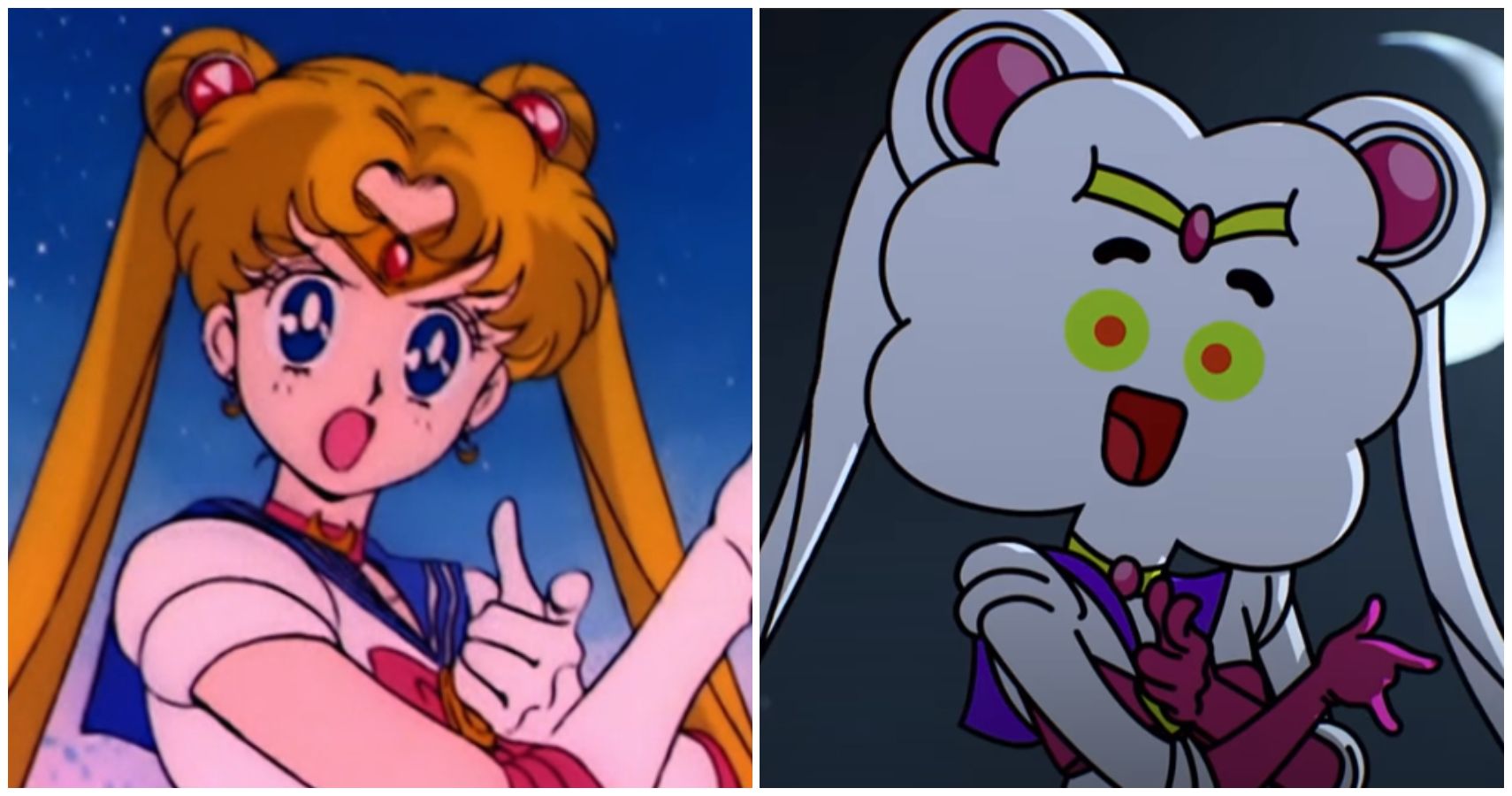
Cartoon Network naturally left an impression on children in the '90s. After all, the channel was launched in the decade. And to this day, many classic animated shows from the decade have left an impression on fans of all ages, even people who didn't grow up in the decade.
Likewise, it's important to remember that not all cartoons enjoyed in the '90s were necessarily made in the decade, but still had an impact on viewers. On the other hand, that's not to say that modern cartoons don't have their own merits.
10 The Nineties: Thanks To Toonami, Kids Could Watch Anime
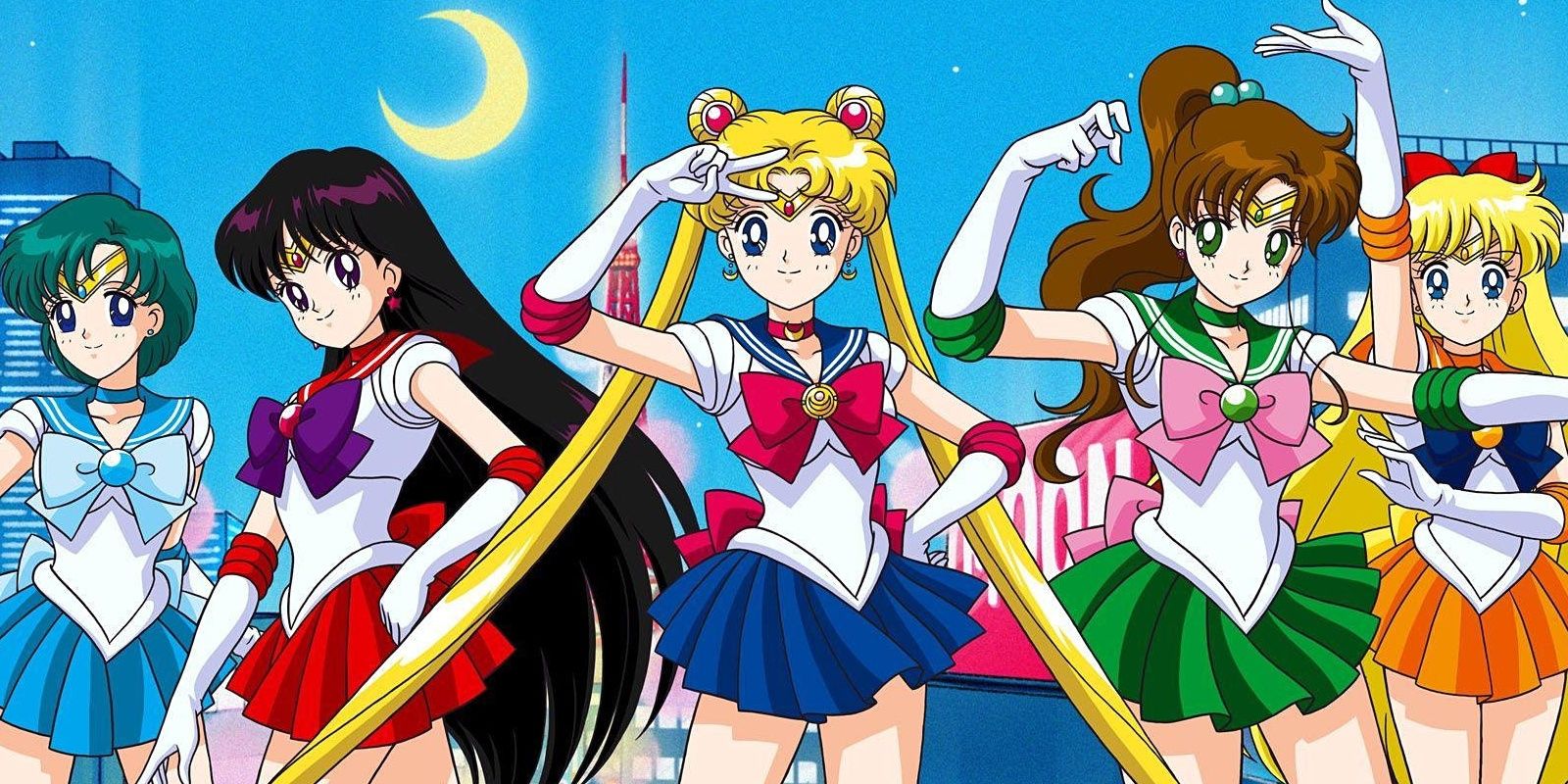
One card Cartoon Network always had over other American kids' networks is that they had a better track record releasing foreign shows in the United States. Cartoon Network's Toonami block, for example, gave '90s kids a chance to enjoy anime that helped define the decade, like Sailor Moon and Dragon Ball Z, the former being used to launch the original T.O.M. era.
Notably, most of Sailor Moon's American fans had to resort to watching the syndicated reruns during a graveyard slot. Cartoon Network not only gave fans a chance to enjoy the show after school, it even released the previously undubbed third and fourth seasons. Cartoon Network also heavily embraced the foreign nature of the series. During the Toonami block, CN often aired the original Japanese endings of these shows, introducing American anime fans to such classics as Rurouni Kenshin's "Heart Of Sword."
9 Modern Cartoons: They Know Their Audience
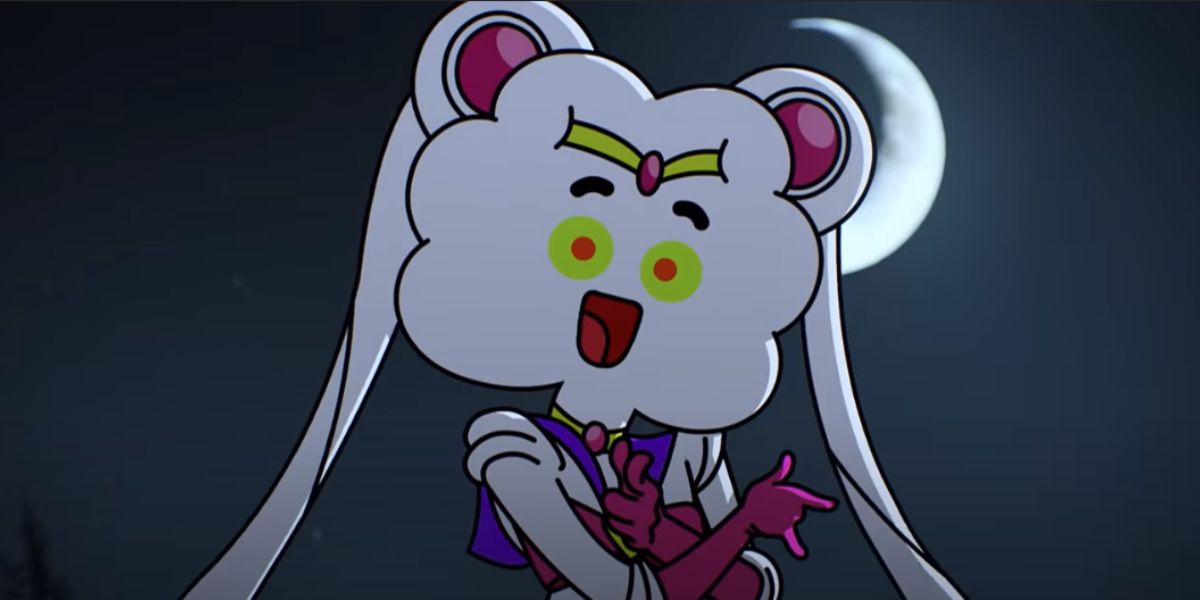
Thanks to the internet, it can be a lot easier to guess what trends are actually popular and what has a following. In earlier years, shows that were favored by the network were often assumed to be popular, when often that wasn't the case at all.
Take Sailor Moon for example. In the early '90s, it was mostly ignored in the West to the point of it being surprising for a show to reference it, despite eventually being seen as defining the decade. Nowadays, it's so common for Cartoon Network shows to reference it that the network released a compilation video on its YouTube channel.
8 The Nineties: What a Cartoon! Show Gave Us A Lot Of Classics
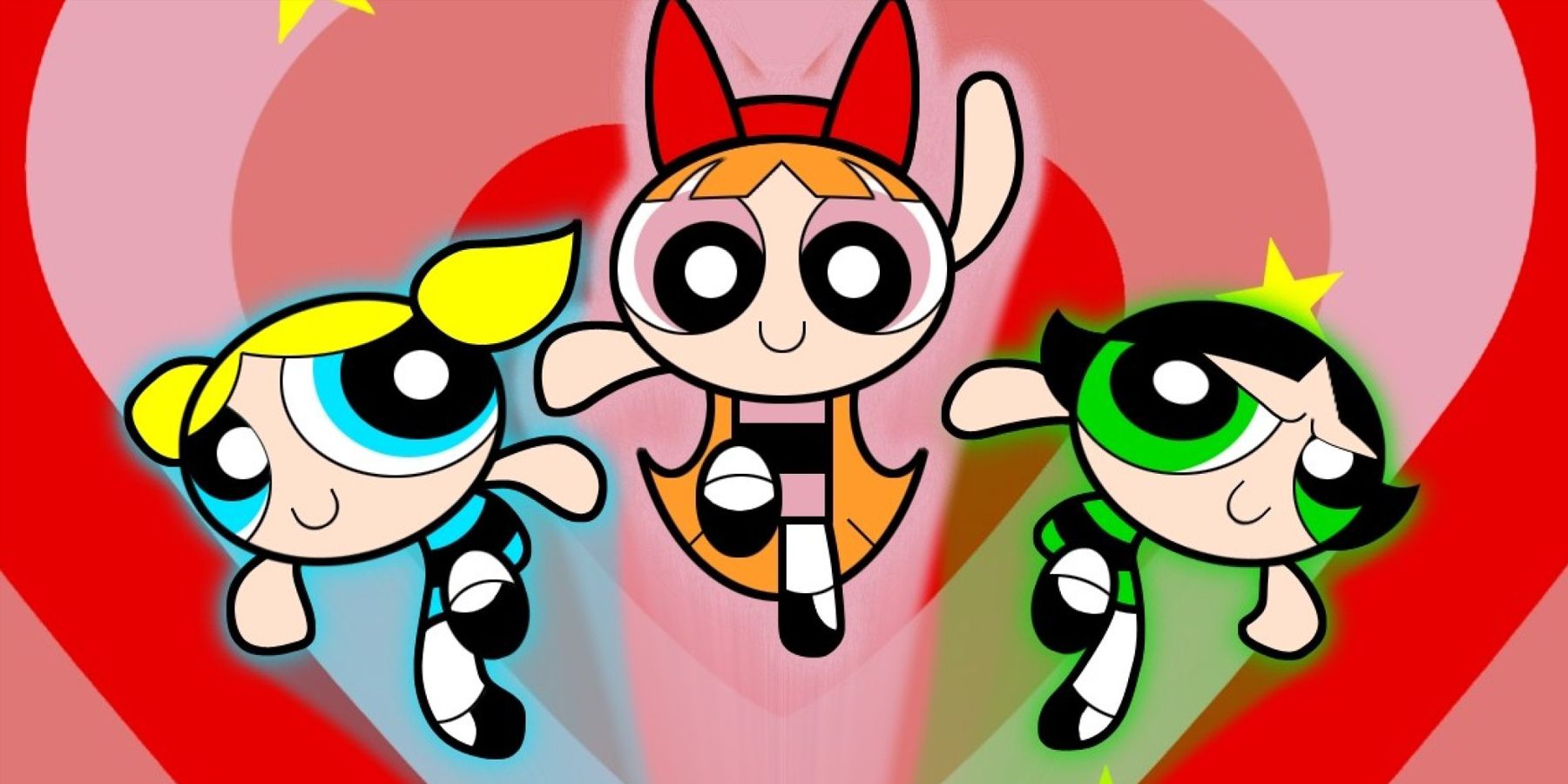
The What a Cartoon! anthology show featured many classic shorts that would become classic shows for the network. The first three were Johnny Bravo, Dexter's Laboratory, and Cow & Chicken. The Powerpuff Girls, which was even a recurring short, took a little longer to become a cartoon in its own right, but went on to dominate the network, even inspiring an anime overseas.
The series even had an effect on other networks. One short, Larry & Steve, would eventually be developed into Fox's Family Guy. Nickelodeon would later produce a slew of pilot anthology shows, giving up shows like The Fairly OddParents and, ironically enough, Adventure Time.
7 Modern Cartoons: Fans Know What To Expect From Creator-Driven Content
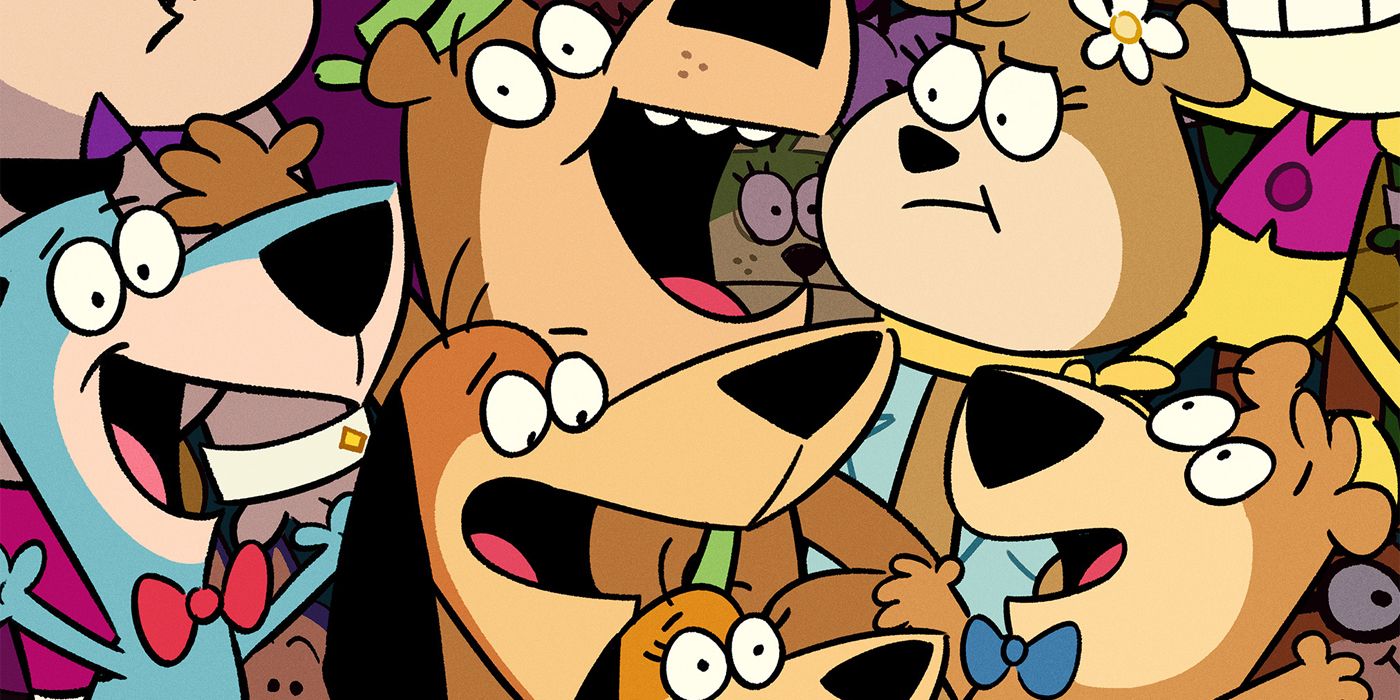
In the '90s, the only chance fans were aware of an animated show's creator was usually because it was based on a comic or book.
In recent years, it has become more and more popular to know the creators of a show and expect their style to appear in their works. For example, Jellystone! might be based around classic Hanna-Barbera characters, but thanks to C. H. Greenblatt's involvement, fans of Chowder and Harvey Beaks have taken an interest in the show.
6 The Nineties: The Network Was Already Toying With Adult Animation
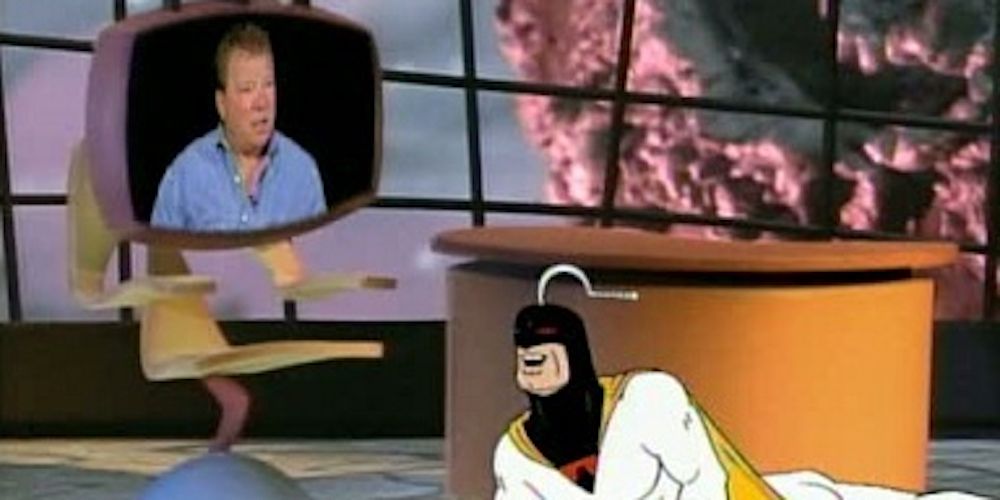
Adult Swim would be launched the following decade, and while Cartoon Network did toy with some adult series, the channel was mostly aimed at kids, there were attempts to branch into adult animation, like Space Ghost Coast to Coast and O Canada.
There's also some irony to Family Guy having its origins in a '90s Cartoon Network short. The series was originally canceled after three seasons. Family Guy's popularity in reruns on Cartoon Network's Adult Swim would bring about the show's revival, effectively making the network a big part of the series' history.
5 Modern Cartoons: Adult Animation Has Become Much More Refined
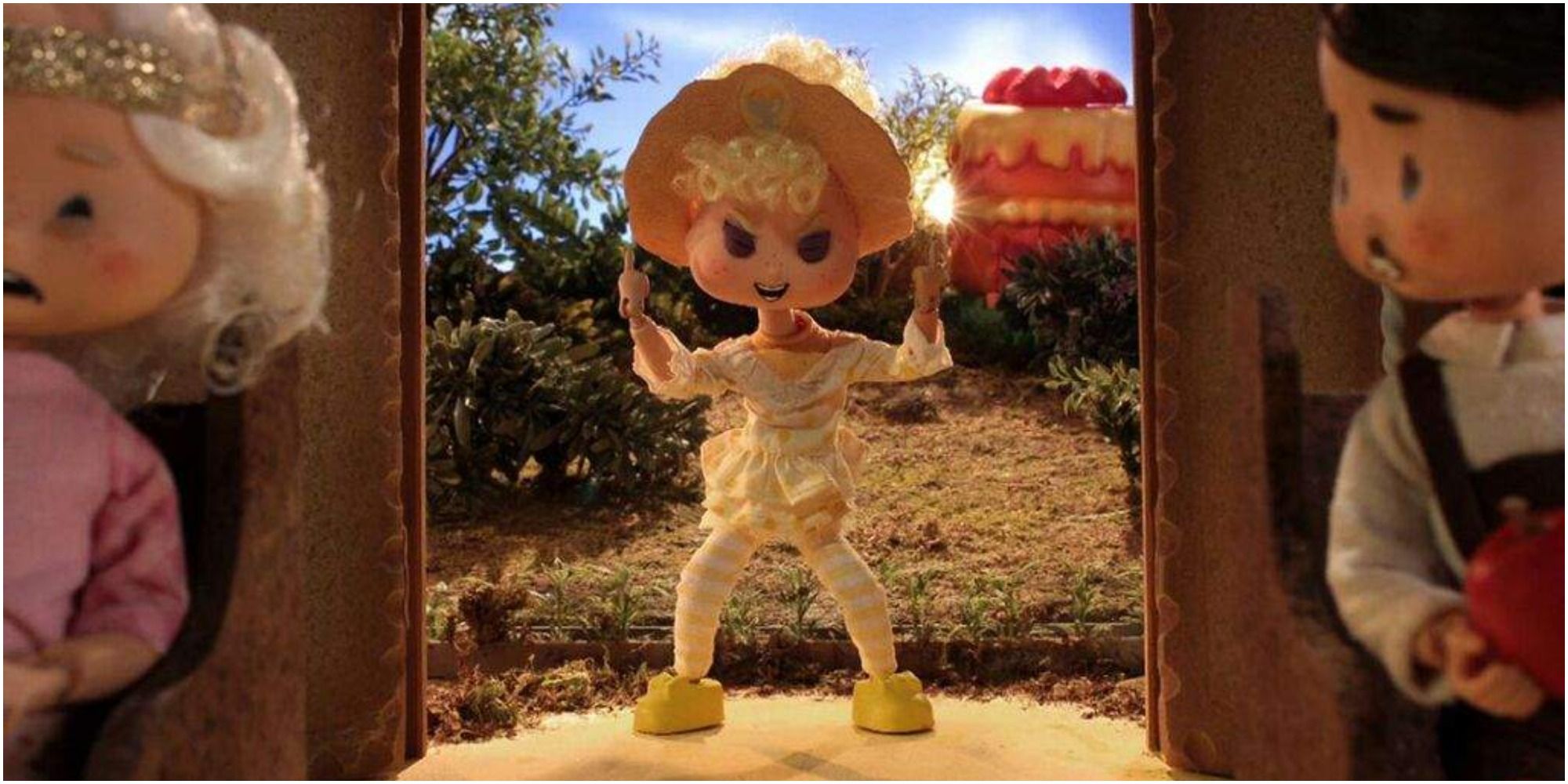
Adult Swim has had its highs and lows over the years, but the fact that much of its more popular shows have been imports, from canceled Fox shows to anime, gives credence to the idea that their original shows have had some problems landing an audience, at least in the early years.
That said, in recent years, Cartoon Network's adult animation has become more refined, with shows gaining cult followings, like Rick & Morty or Robot Chicken.
4 The Nineties: Foreign Productions Had A Lot More Promotion
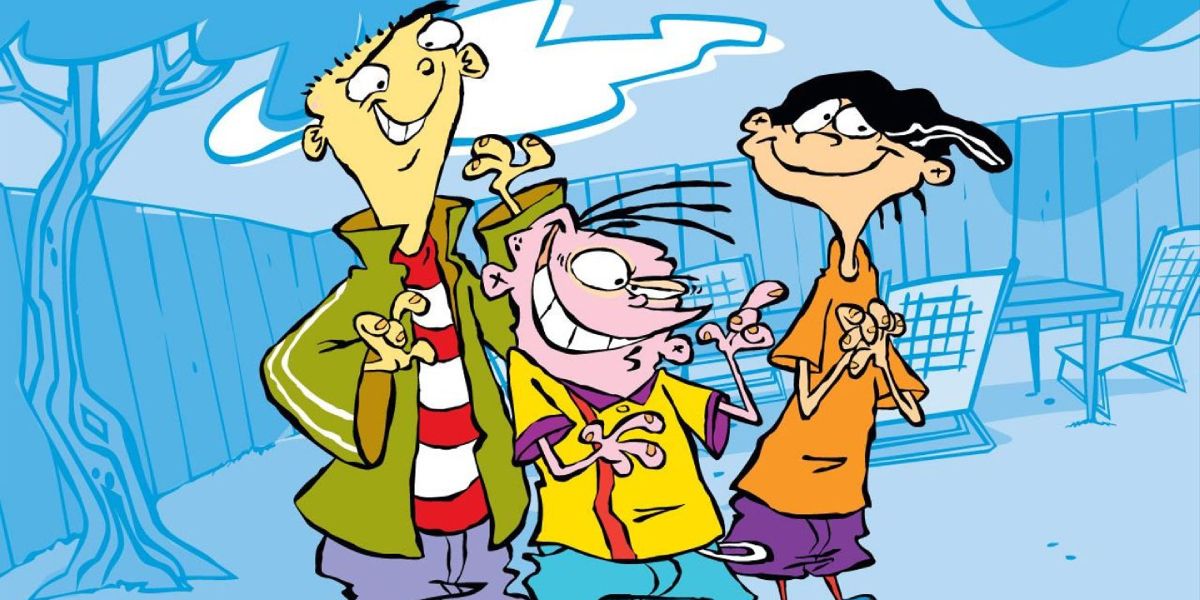
Anime became a defining part of the network's line-up during the nineties, but this wasn't the only time that animation outside of the United States was featured on the network, like Canada's Ed, Edd, & Eddy and the Russian-American Mike, Lu, & Og.
One of the more prominent examples of this was the Sesame Street-inspired Big Bag, which featured animated segments from around the world, using studios from New York, Europe, and even Australia.
3 Modern Cartoons: Modern Cartoons Don't Have To Take Themselves Too Seriously
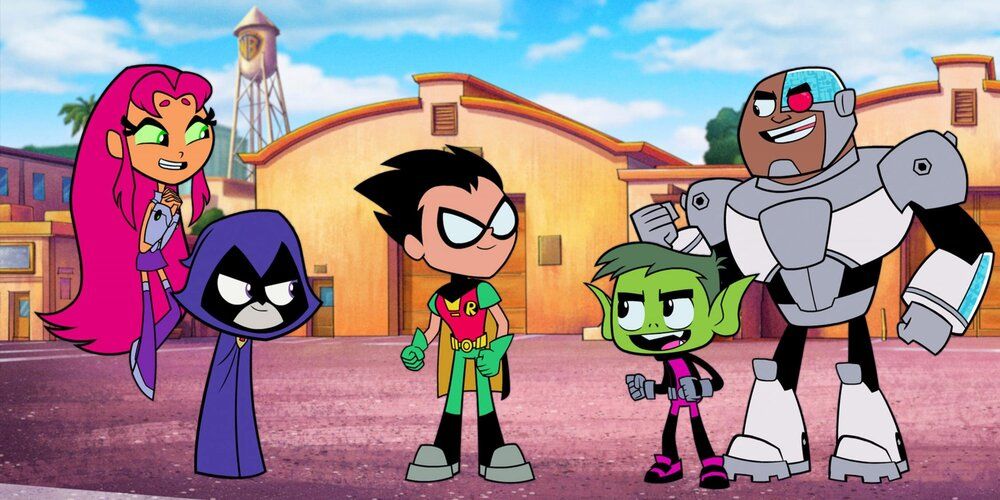
The action cartoons of the '90s often tried too hard to appeal to adult fans, especially shows based on well-known properties, to the point where showrunners would boast their shows weren't really for kids. While this is by no means a bad thing, in excess, it often meant darker shows would alienate the kids they were technically made for.
Nowadays, Cartoon Network shows can have fun with themselves. One example is Teen Titans Go!, which goes out of its way to appeal to kids. Even the earlier Teen Titans cartoon knew there was a time and place to keep things light, often having breather episodes before darker episodes.
2 The Nineties: Classic Animation Got Showcased
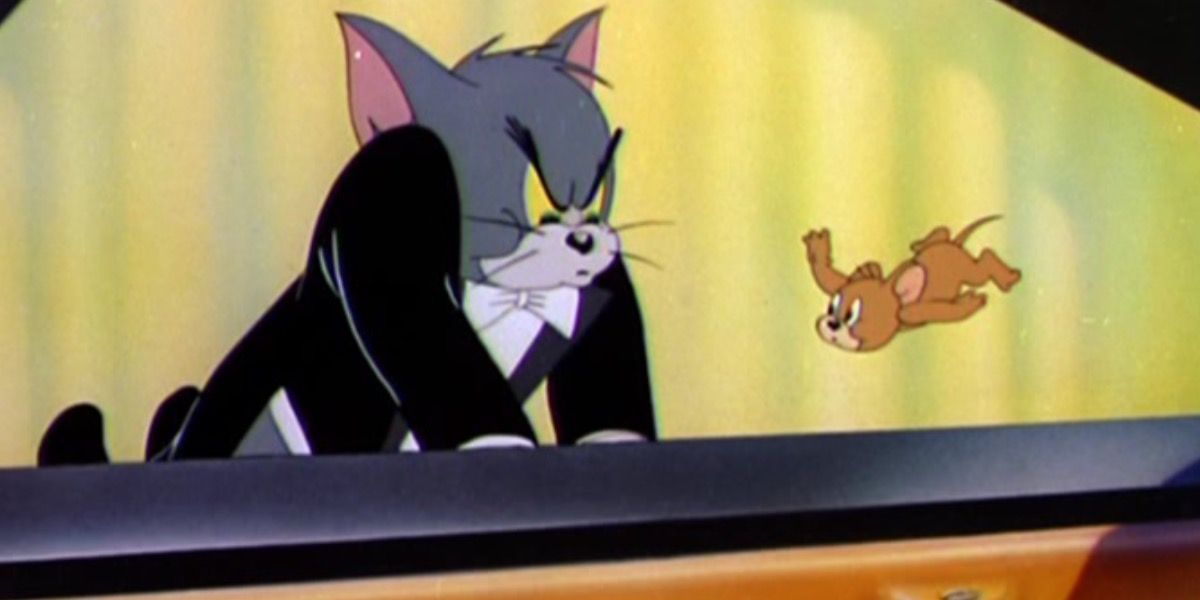
During the '90s, there was a bigger push to showcase and highlight classic animation, like the ToonHeads anthology series, which showcased animated shorts with a common theme.
The Boomerang block also functioned like this, effectively being a Saturday morning line-up of classic cartoons from the WB lineup.
1 Modern Cartoons: Animation Has Become A Lot More Experimental
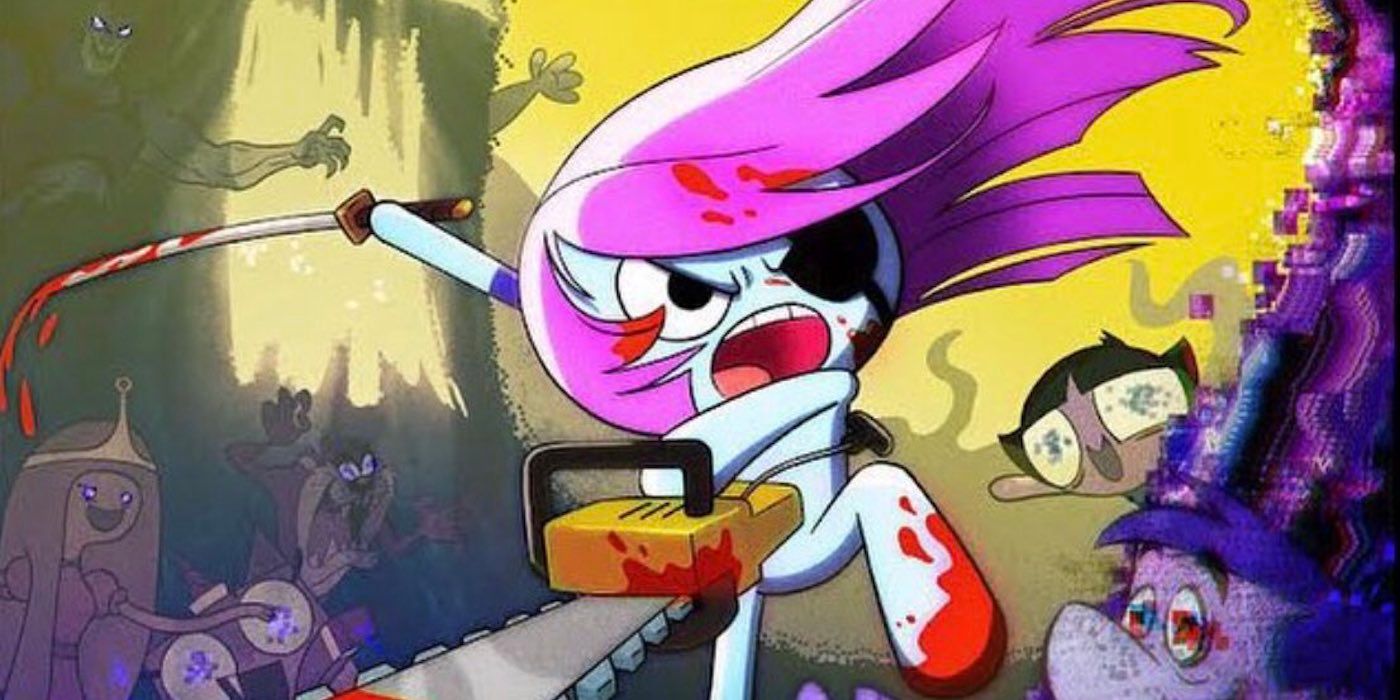
Cartoon Network has showcased a lot more experimental animation in recent years. The Amazing World of Gumball, for example, features characters in all sorts of animation styles, including 2D and 3D characters, as well as occasional puppets and live-action characters. In addition to its art style, the series became well-known for its unique stories, like an episode dedicated to background objects.
Crossover events have also become more prominent on the network, too, like the infamous Pibby animated short.
0 Comments